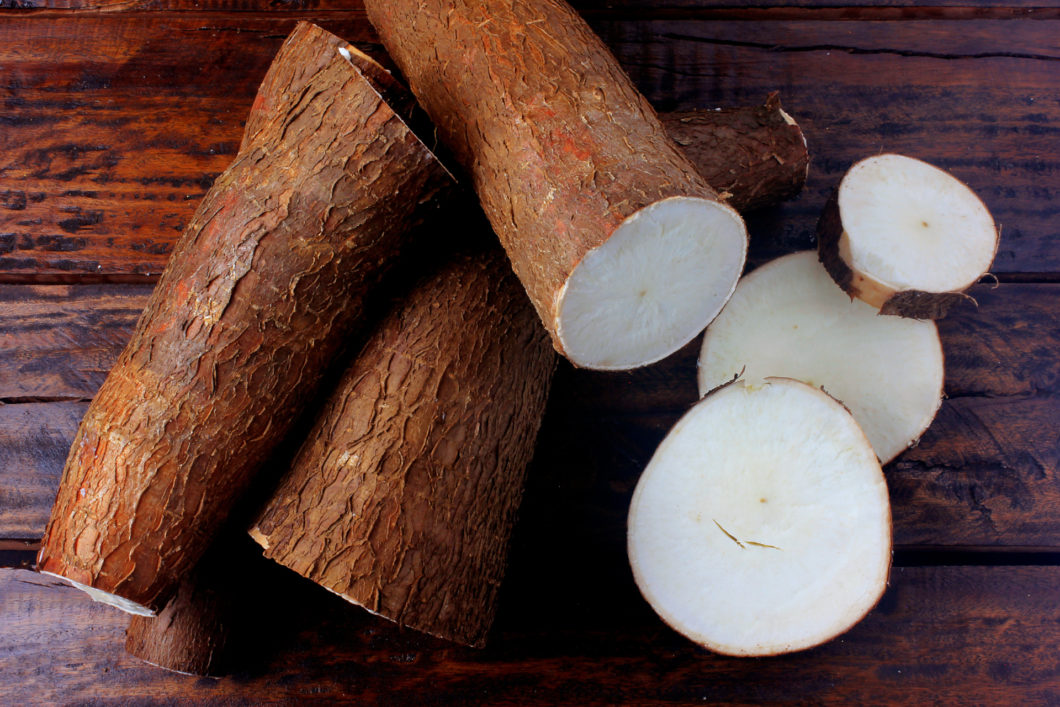Product development • IMO is a dietary fibre that fits well in beverages, cereals and different types of bars. It has bulk qualities and some sweetness which makes it a versatile ingredient. But watch out for the concentration – otherwise, the good qualities can be lost.
Sugar reduction is exciting but complex work. In an article series, we will look at some ingredients that can be used to reduce sugar in foods. How can the ingredients be used, and what should be considered? These are questions we should answer! In this article, we take a closer look at IMO.
A clarification
We start this article with a clarification. When we write about isomaltooligosaccharides, we mean the real thing, which according to the EU’s definition is dietary fibre.
There is nothing that can be called pure IMO. What is available for purchase contains between 50 and 98 per cent IMO. The obvious question then is – what does the rest consist of?
The rest are other carbohydrates that can be broken down by the body and thus provide calories. That is why an IMO syrup with 50 per cent IMO has a significant effect on blood sugar, while a version with 98 per cent gives a negligible effect.
But if you are interested in making a sugar reduction, you may already be aware of this. Especially if you read our article that follows IMO from its path from raw material, root cassava, to finished product.
What is IMO?
Isomaltooligosaccharides are dietary fibres extracted with starch hydrolysis from the coiled root cassava. It is an interesting process because cassava in raw form is poisonous and must be properly prepared before it is suitable to eat for us humans. Nevertheless, cassava is one of the world’s most common staple foods, although we do not see it as often on our dining tables. Read our article Isomaltooligosaccharides (IMO) – from seed to Eureba if you want to know more about the process of obtaining IMO.

Proper bulk but poor sweetness
When you have done your research and ordered high quality IMO, it is time to start experimenting! IMO with high concentration carries relatively few calories and has a mild sweetness, maintains juiciness and provides good filling. The consistency of the bulk is also reminiscent of the sugar equivalent. But IMO does not reach more than about 60 per cent of the sugar sweetness. You still need a high-intensity sweetener.
The dosage is important
There aren’t many negative aspects to take into consideration when using IMO with a high concentration in sugar reduction. As often, the dosage needs to be carefully weighed to get the best results possible, but also because too much IMO can be too much to handle for the stomach. More than 30-35 grams a day is not recommended. In contrast, our stomachs generally tolerate IMO better than, for example, inulin and fructooligosaccharides, often abbreviated FOS.

The Maillard effect
One of the positive properties of the isomaltooligosaccharides is that your cookies will get that creamy, colourful and caramelized surface that comes from the Maillard effect.
The Maillard effect is caused by a chemical reaction between amino acids and carbohydrates that results from baking or roasting. This effect is strongly associated with baking.
However, it is not apparent that there will be no colour or surface when we remove the sugar. Many substitute ingredients, such as sugar alcohols, for example, lack the Maillard effect completely.
In what food can you use it?
We find IMO in different types of products. IMO can play different roles depending on the food it is in. In cereals, for example, IMO can be another source of fibre and thus facilitate digestion.
| Food | Amount |
| Energy-reduced soft drinks | 6.5 % |
| Soft drinks | 5 % |
| Energy drinks | 5 % |
| Food for recovery in sports | 6.5 % |
| Fruit juice | 5 % |
| Processed vegetables and vegetable juices | 5 % |
| Cereal bars | 10 % |
| Cereal bars for breakfast | 25% |
| Cookies and biscuits | 20% |
| Hard candy | 97% |
| Soft candy/chocolate cookies | 25% |
| Meal replacement for weight loss | 20% |
And IMO sits perfectly with beverages, which otherwise is challenging to sweeten due to their low pH; IMO is stable at pH 2–9.
As with many other ingredients on the market, Japan is a pioneer. The same goes for IMO.
In addition to Japan, IMO is now an approved and established ingredient in Australia, Canada, USA and South Korea, among others. But also in the EU since 2013.
But the EU regulates what food and the amounts of IMO you are allowed to use in different food.
Replacing sugar with IMO
If you simply clear a recipe for sugar and replace it entirely with IMO, you will probably get a pretty good cookie. It will not be flat or pale, but it will not taste as expected. The sweetness is missing.
The volume will be there, but the texture may seem a bit odd. There is also a possibility that the cookie will not hold together in the same way as if you used sugar.
The expert’s view in IMO
We turn to Srdjan Solaja, food engineer and an expert on sugar reduction.
What is your view on working with IMO?
– I enjoy working with IMO. It can replace the bulk-effect in sugar, although something else is needed to bring up the sweetness. IMO is easier to work with than many other ingredients, but it still requires a lot of knowledge and experience to achieve good – and pleasant – results, says Srdjan Solaja.
Is it hard to get good results?
– You need practice, practice and more practice. There are no shortcuts. Although you can, of course, rely on us experts instead. After all, we have developed sugar reductions that are adapted to different foods. We have thought of all potential problems, such as dosage, limit values, texture, taste and sweetness.
If, after all, you want to test yourself and work out sugar reduction, here’s the expert’s tips to take you on the road.
Srdjan’s three tips
- Use IMO in baking. It fits very well. Thanks to the Maillard effect, it gives a brown surface and will also give juicy pastries.
- Remember that IMO is less sweet than sugar – add something for sweetness.
- Beware of overdosing, too much IMO will upset your stomach.
Please, share this article if you liked it.
[et_social_share]





